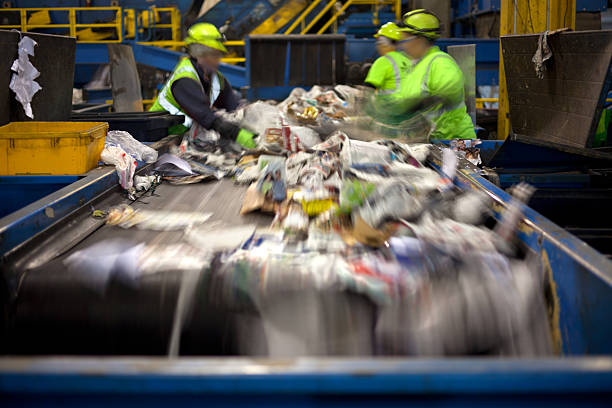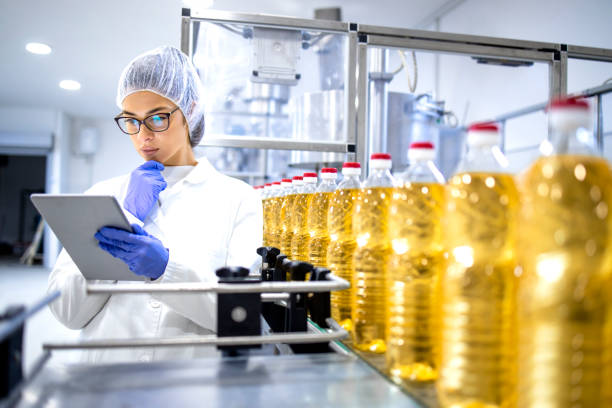The practices that devise, engineer, and produce the very things we use in our homes and workplaces on a daily basis are changing for the better for us and the planet.
READ THE BLOG: 5 Green and Sustainable Manufacturing Strategies To Help Boost Profits and Minimize Eco Footprint
Discrete manufacturing companies are molding the 2020s into the decade of operational carbon neutralization, showing that being good for the planet can also be good for business. Now, manufacturers are shifting their focus from profit maximization to the profitability “butterfly effect” of sustainability.
Manufacturing consultant firms like GENEDGE are the leading advocates for growth strategies for manufacturing companies with sustainable practices. Let’s sum up the main drivers of our time.
In this blog, we cover today’s three staples of sustainable manufacturing:
- 1. The Dual Mission
- 2. Supply Chain Management
- 3. Simplistic Design
1. The Dual Mission Initiative
As McKinsey refers to it, manufacturers’ “dual mission” is balancing two big goals. They want to 1: cut down the total pollution from making to testing their products while 2: keep costs in check.
Recognizing the importance of energy management in manufacturing, these firms are updating product designs, material use, and supply chain management to slash pollution by 2030 and maybe even achieve net zero by 2050. Simplifying designs or changing materials can save money while adopting low-carbon solutions, which opens up new market opportunities and allows for premium product positioning.

2. Recycling and Circular Supply Chains
This sustainable practice represents a paradigm shift in how we think about production and consumption. Moving away from the traditional linear model of “take, make, dispose,” circular supply chains lower and even eliminate waste and resource extraction by keeping materials in use for as long as possible.
Recycling caters to the circular economy, reverting waste materials back into valuable inputs for new production processes. No longer feeling dependent, manufacturers are ending their toxic relationship with virgin materials.
Circular supply chains design products for a longer lifespan, encouraging repair and refurbishment and component recycling. Companies like Rype Office in the UK are remanufacturing high-quality office furniture from used pieces, showing the market viability of circular business models.
Despite this positive case, recycling and circular supply chains still face challenges. Complex supply chains, product-specific parts, and the demand for high-quality goods make it hard to fully adopt a system where everything is reused or recycled.
Yet, new technologies like 3D printing are showing promise by making it easier to produce goods locally and customize parts. For circular practices to truly take hold, businesses and government leaders must collaborate and find ways to support economic development and our planet harmoniously.

3. Design Minimalism
The same ideas don’t work forever. In moments of change, manufacturers reimagine how products are designed and produced.
The best manufacturers have learned that “sustainability” cannot merely be tacked onto products and processes not initially designed with the Earth in mind. Instead, they are turning to smart manufacturing software for production, facilitating deep collaboration between designers and R&D teams. This technology enables the creation of simulations, detailed data analysis, and direct access to customer feedback.
Sustainable design is simple. It means using less packaging, getting to the point with their design (short but direct logos, less imagery, and a clean color palette), and cutting down on production and assembly complexity. Products are crafted for easy disassembly and recycling, prioritizing durability over planned obsolescence.

Join the GENEDGE Alliance
GENEDGE’s manufacturing consulting company can help your small to mid-sized Virginia organization implement the practices to reach sustainability status.
Some of our services include:
- Plant Layout/Expansion
- Cybersecurity
- Energy Management
- Environmental Health & Safety
- ISO 14001/50001
Implementing energy management in manufacturing is integral to reaching sustainability goals and fostering growth strategies for manufacturing companies. Reach out to our team for details on how to join our exclusive community and gain these resources.


